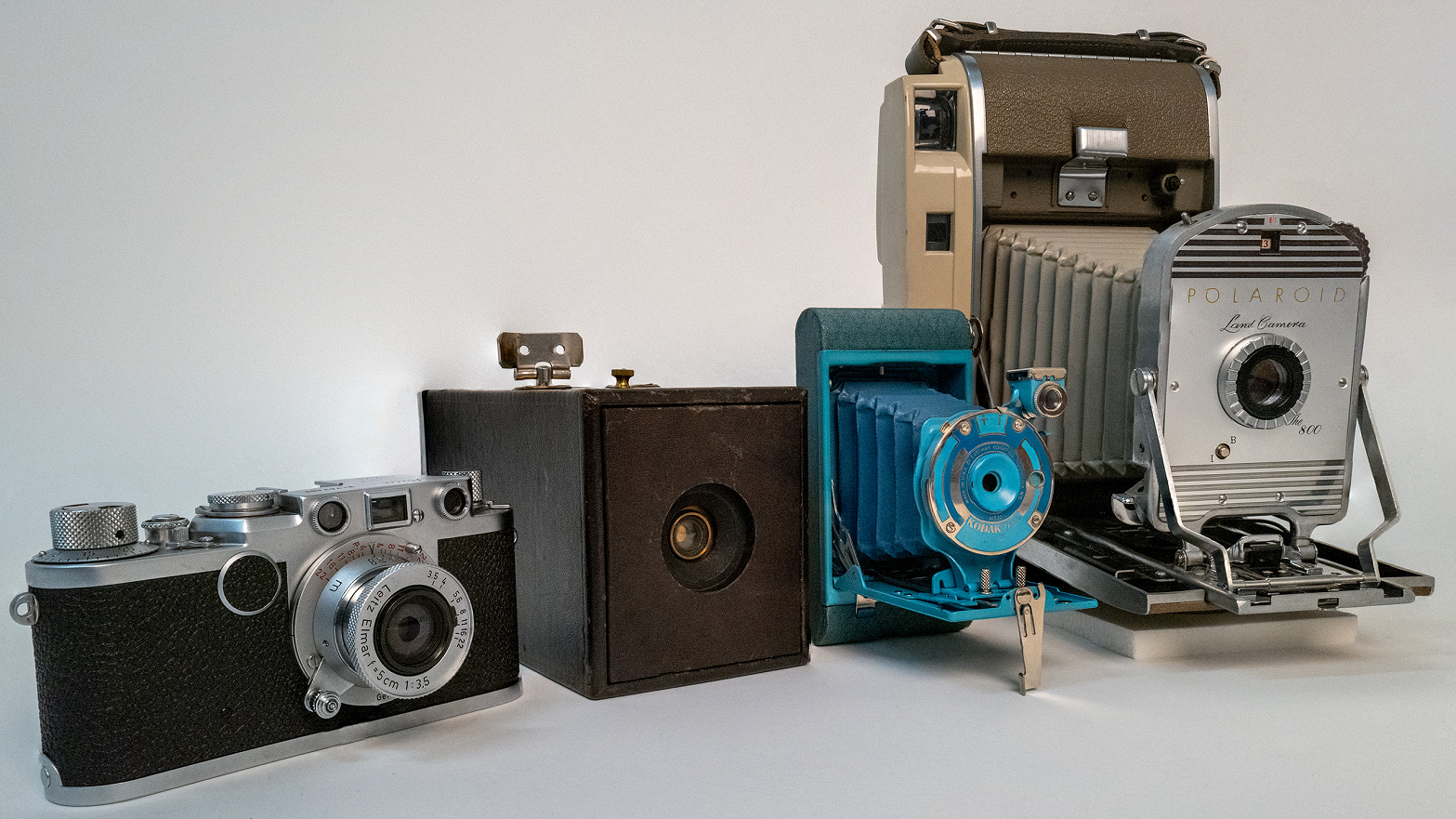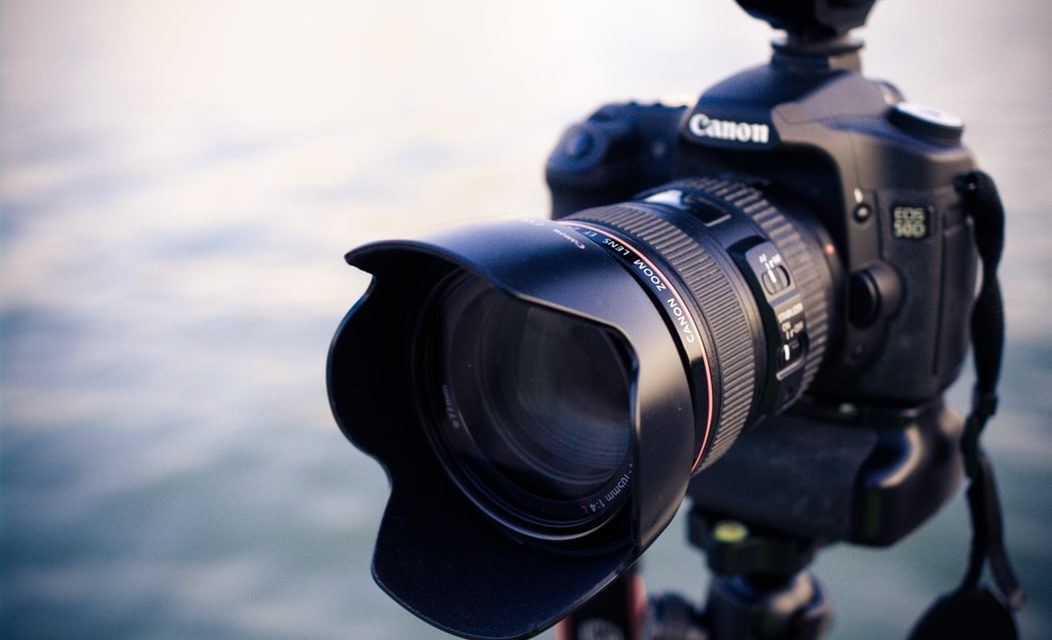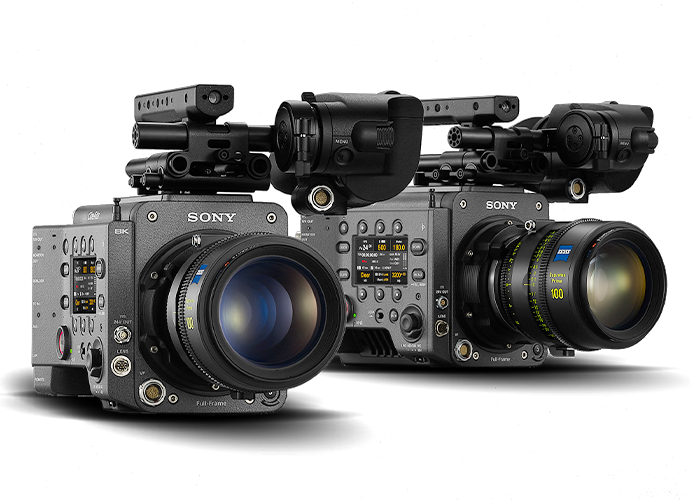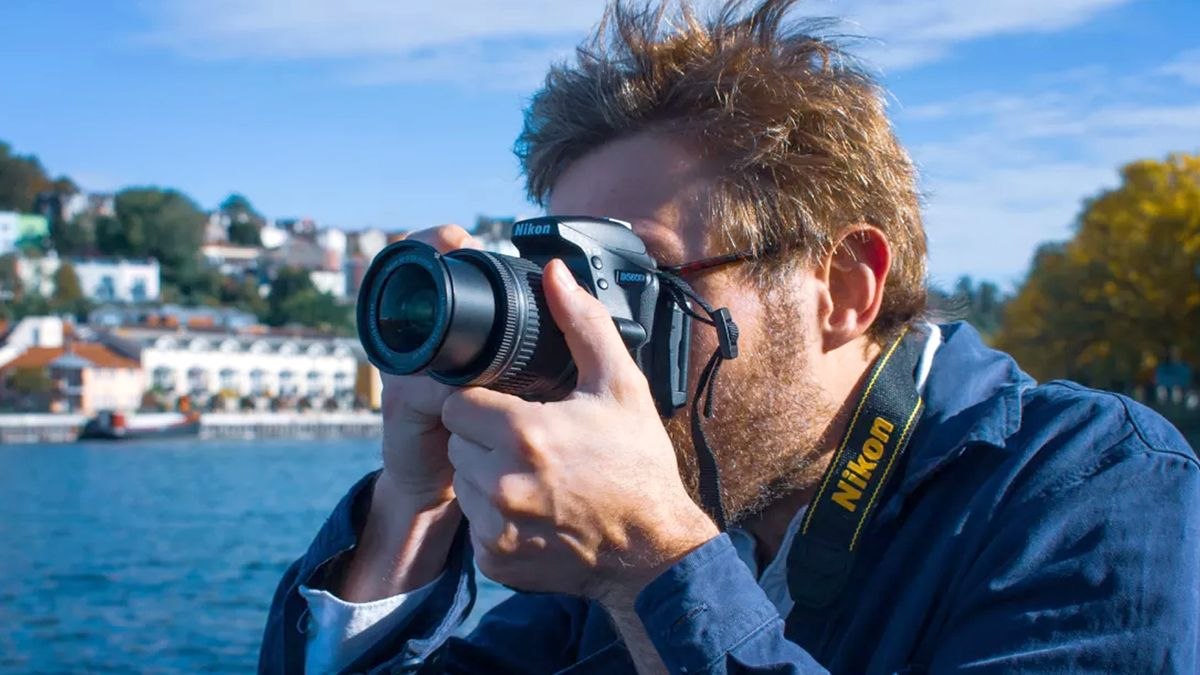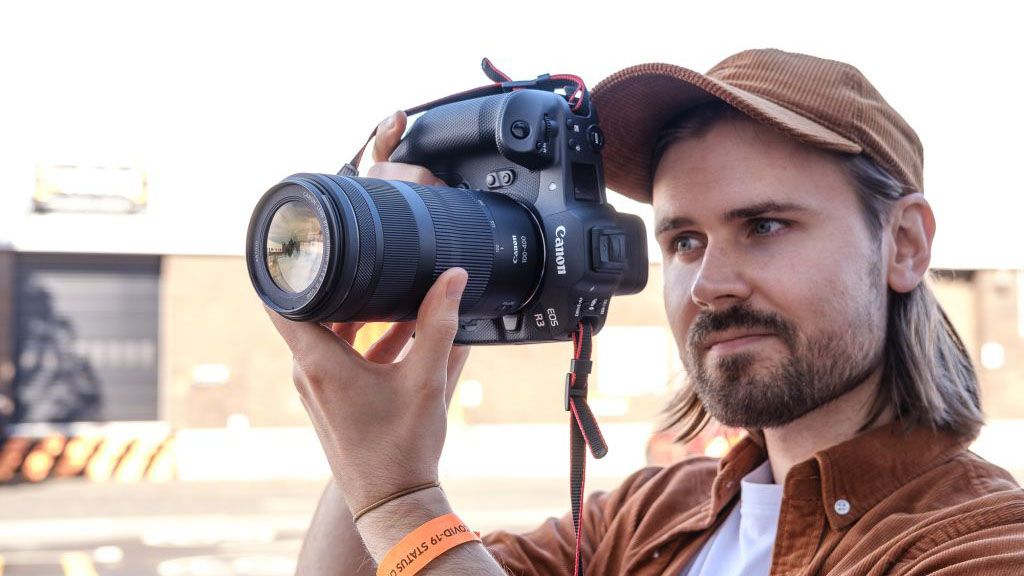Introduction to Candid Camera: The Pioneer of Reality TV
Candid Camera, the groundbreaking television show that pioneered reality television as we know it today, first aired in August 1948. Created by Allen Funt, this innovative series captured the unsuspecting reactions of ordinary people placed in unusual, unexpected, and often humorous situations. Over its decades-long run, Candid Camera episodes have become cultural touchstones, leaving an indelible mark on entertainment history with their blend of wit, surprise, and genuine human emotion.
Early Days of Candid Camera: The Birth of Reality TV
The inception of Candid Camera, originally titled “Candid Microphone,” was a groundbreaking moment in entertainment history. This pioneering concept emerged on radio in 1947 before making its television debut in August 1948, masterminded by the ingenious creator and host Allen Funt. His vision was to capture real-life reactions from ordinary individuals who were unaware that they were part of a staged scenario, effectively turning life’s everyday moments into comedic fodder.
Hidden Mic and Camera Tricks: Pioneering Techniques
In its early days, Candid Camera employed relatively simple yet effective techniques to catch people off guard. Funt would set up situations that defied expectations, such as a talking mailbox or a vending machine dispensing live animals instead of candy bars. These setups relied on hidden microphones and cameras, which at the time were innovative technologies not widely used in mainstream media.
Humor Through Humanity: Unscripted Reactions
One of the key attractions of these early episodes was the authentic and unfiltered reactions of unsuspecting participants. Their responses varied greatly, ranging from bewilderment and confusion to laughter and delight. By focusing on the genuine reactions of people, Candid Camera highlighted the universal humor found in human nature and the unpredictable ways people cope with unexpected situations.
Cultural Reflections in Early Episodes
The early Candid Camera episodes also provided a unique snapshot of post-war American society. As viewers watched their peers interact with the show’s unconventional setups, they were given a lens through which to examine social norms, values, and the collective psyche of the era. For instance, the reactions to a prank where strangers would suddenly start dancing in public could be seen as a commentary on societal propriety and the willingness to embrace spontaneity.
Legal and Ethical Considerations
As Candid Camera blazed trails in the realm of reality-based entertainment, it inevitably faced legal and ethical questions about privacy and consent. Although the show always sought to portray its subjects in a positive light and often revealed the truth to them after filming, these early episodes laid the groundwork for debates that continue to influence modern reality TV production standards.
In summary, the early days of Candid Camera were marked by innovation, wit, and a deep understanding of human behavior. These foundational episodes paved the way for the future of reality television, while simultaneously offering a timeless look at the humorous side of everyday life and the shared experiences that unite us all.
Memorable Moments in Candid Camera History
The Bubble Gum Machine Surprise
One iconic episode involved a bubble gum machine that dispensed live animals instead of gum. Passersby were caught off guard as they received kittens, puppies, and even baby chicks, showcasing a range of emotions from shock to joy. This prank encapsulated the essence of Candid Camera – using humor to reveal the kindness and compassion in people’s hearts.
Elevator That Goes Sideways
Another unforgettable episode showcased an elevator that appeared to malfunction, moving horizontally instead of vertically. This prank tapped into common fears while delivering a comedic twist, demonstrating how people cope with unexpected and stressful situations.
Evolution of Candid Camera
Social Experimentation and Audience Reflection
As Candid Camera evolved over the years, it began to delve deeper into social experiments. Episodes tested societal norms, gender roles, and human behavior, prompting audiences to reflect on their own reactions and biases. For instance, an episode where men found themselves in a women’s-only gym highlighted gender dynamics and sparked conversations about inclusivity and acceptance.
Revivals and Modern Adaptations
Throughout its history, Candid Camera underwent multiple revivals and adaptations, each reflecting the changing times and tastes of viewers. From the original black-and-white episodes to the more elaborate stunts in color, the show continued to surprise and delight audiences across generations. Later versions under different hosts like Peter Funt (Allen Funt’s son) introduced new pranks that played on contemporary fears and trends, such as technology dependence or pop culture phenomena.
The Legacy of Candid Camera
Candid Camera, the pioneering television show that originated in 1948, has left an indelible mark on the landscape of entertainment and reality TV. Created by the legendary Allen Funt, it was a groundbreaking concept that revolutionized the way people perceived television programming and audience engagement. Known for its unique blend of hidden cameras and unsuspecting participants, Candid Camera captured the essence of human reactions to unusual and unexpected situations, long before the advent of modern reality TV.
The Genesis and Evolution of Candid Camera
The show began as a radio program titled “Candid Microphone” in 1947, transitioning to television as “Candid Camera” a year later. It introduced the world to the genre of prank-based reality television, where real-life individuals were secretly filmed reacting to contrived scenarios. From simple practical jokes like invisible walls to more elaborate setups, each episode offered a humorous and often insightful look into human behavior under duress or surprise.
Influence on Television and Reality Entertainment
Candid Camera’s influence is far-reaching. It set the blueprint for numerous subsequent reality TV shows, from the light-hearted pranks of “Punk’d” to the social experiment style of “What Would You Do?” The show’s emphasis on unscripted moments and authentic reactions became a cornerstone of reality TV, inspiring a generation of producers to seek out genuine emotions and reactions rather than relying solely on scripted narratives.
Ethical Considerations and Societal Impact
While Candid Camera brought laughter and joy to millions, it also sparked debates about privacy and ethics in television production. The series was one of the first to grapple with issues surrounding consent and the right to privacy in public spaces. This ethical dimension inadvertently contributed to the broader societal conversation on media ethics, influencing broadcasting regulations and the development of guidelines for reality TV.
Cultural Resonance and Timeless Appeal
Despite being created over seven decades ago, Candid Camera’s appeal remains timeless. Its ability to evoke laughter while revealing human nature’s quirks and foibles ensures that clips from the show continue to be shared and enjoyed across generations. The show’s legacy lies not just in its historical significance but also in its enduring relevance, reminding us of the power of humor and the universality of human reactions.
